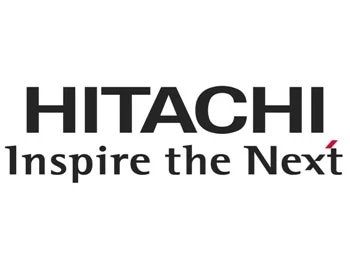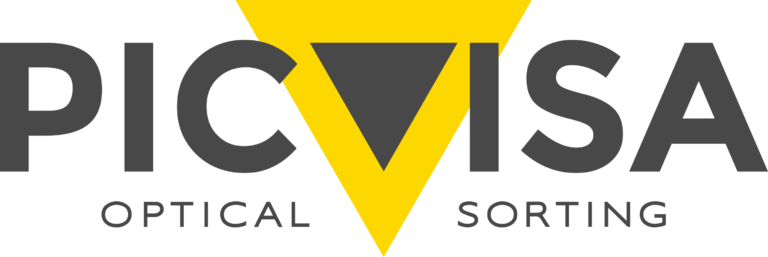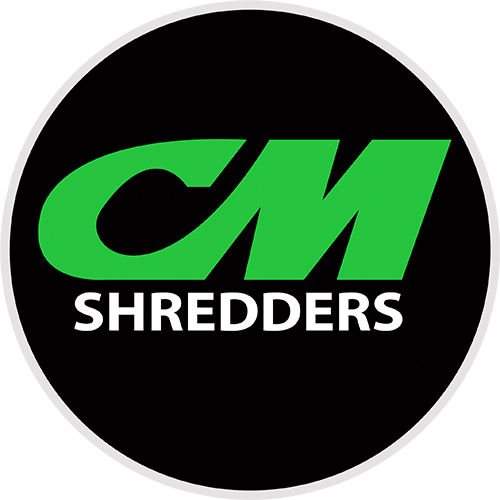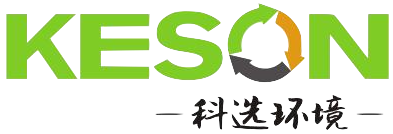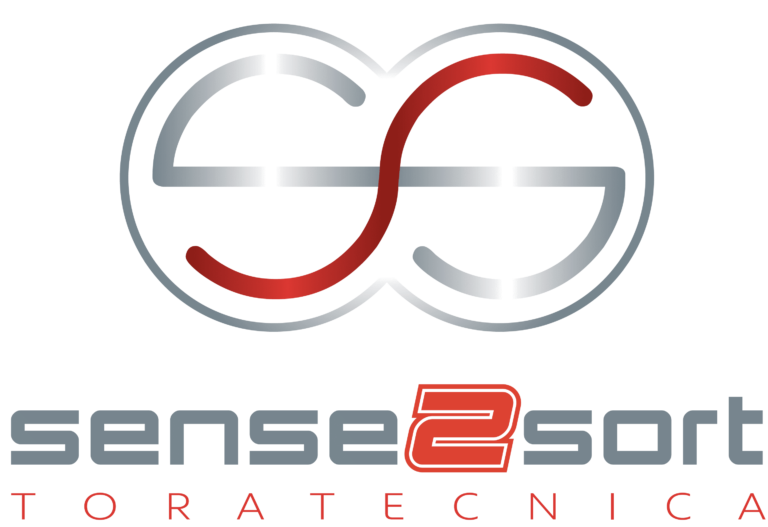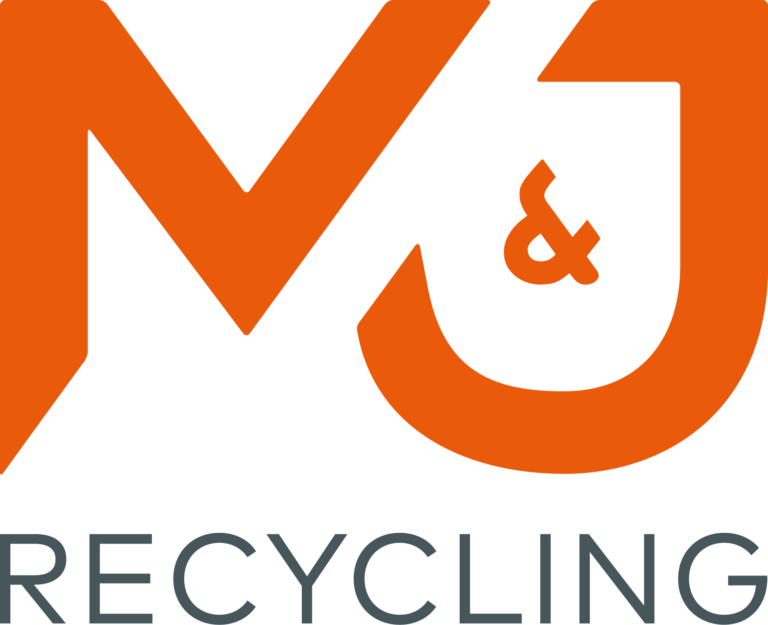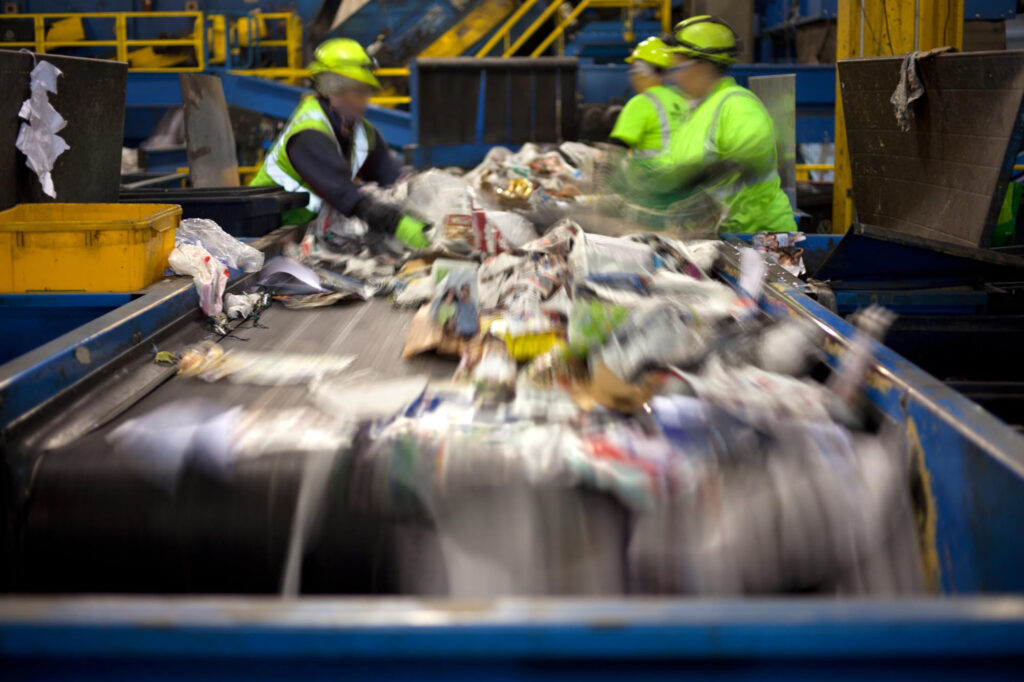The company processes around 1,500 tonnes of nonferrous, and 12,000 tonnes of ferrous and steel within an average week. Guaranteeing the quality of the various materials used during these operations is a hugely important part of this process. The company also needs to comply with a broad range of national and international environmental, labor, safety, radioactivity, and transportation regulations.
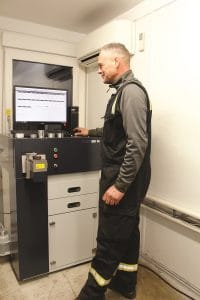
For a company like Jansen, OES (optical emission spectroscopy) offers reliable, accurate and precise analytical elemental analysis at the lowest detection limits. With metal analysis so critical to its ongoing success, Jansen Recycling needs analyzers that can consistently provide the best results, even in fast-paced, high volume environments.
Although the company had been using OES for decades, it could no longer rely on their outdated 20-year-old Photomultiplier Tubes (PMT) detector-based system any longer. The company needed an upgrade that could not only guarantee the same level of high quality they have relied on but could also add value and help improve efficiency to their operations.
A cost-efficient alternative to PMT
While exploring their options to upgrade or replace their old PMT system, Jansen Recycling group visited Hitachi High-Tech Analytical Science OES manufacturing site near Düsseldorf, Germany. While there, they tested Hitachi High-Tech’s most advanced stationary OES, the FOUNDRY-MASTER Pro2 equipped with the latest CMOS sensor technology. The team saw that Hitachi’s semiconductor-based system met all their requirements for analytical performance across all parameters such as accuracy, precision, and detection limits
Working alongside two Hitachi High-Tech handheld X-MET8000 XRF (X-ray fluorescence) analyzers, Jansen’s FOUNDRY-MASTER Pro2 is now a crucial part of maintaining a high-volume throughput while ensuring the quality never has to be sacrificed for speed. The chemical composition of all incoming and outgoing materials is sampled as part of Jansen Recycling’s process. Depending on the material, they either use an XRF handheld or their stationary spark OES. This means the company can assure a high level of quality while also guaranteeing proper planning for melting campaigns.


